Data, Diversity and the creative industry: Is AI talent management the solution?
We’re all in agreement that we need to urgently address the big gaps in representation that exist across the creative industries. But what are the fundamental issues that need to be tackled when it comes to creating a diverse workforce? GENIE.OS – the new automated talent management platform for the creative industries – takes a look at these challenges head on.
Nicky Badenoch, the company’s co-founder, asks why should we have to wait for a report such as the ‘all in census’ to tell us we have a problem? Because technology has the power to unearth live insights that can identify the problem areas, and then with incremental changes in behaviour, actually make a very real difference.
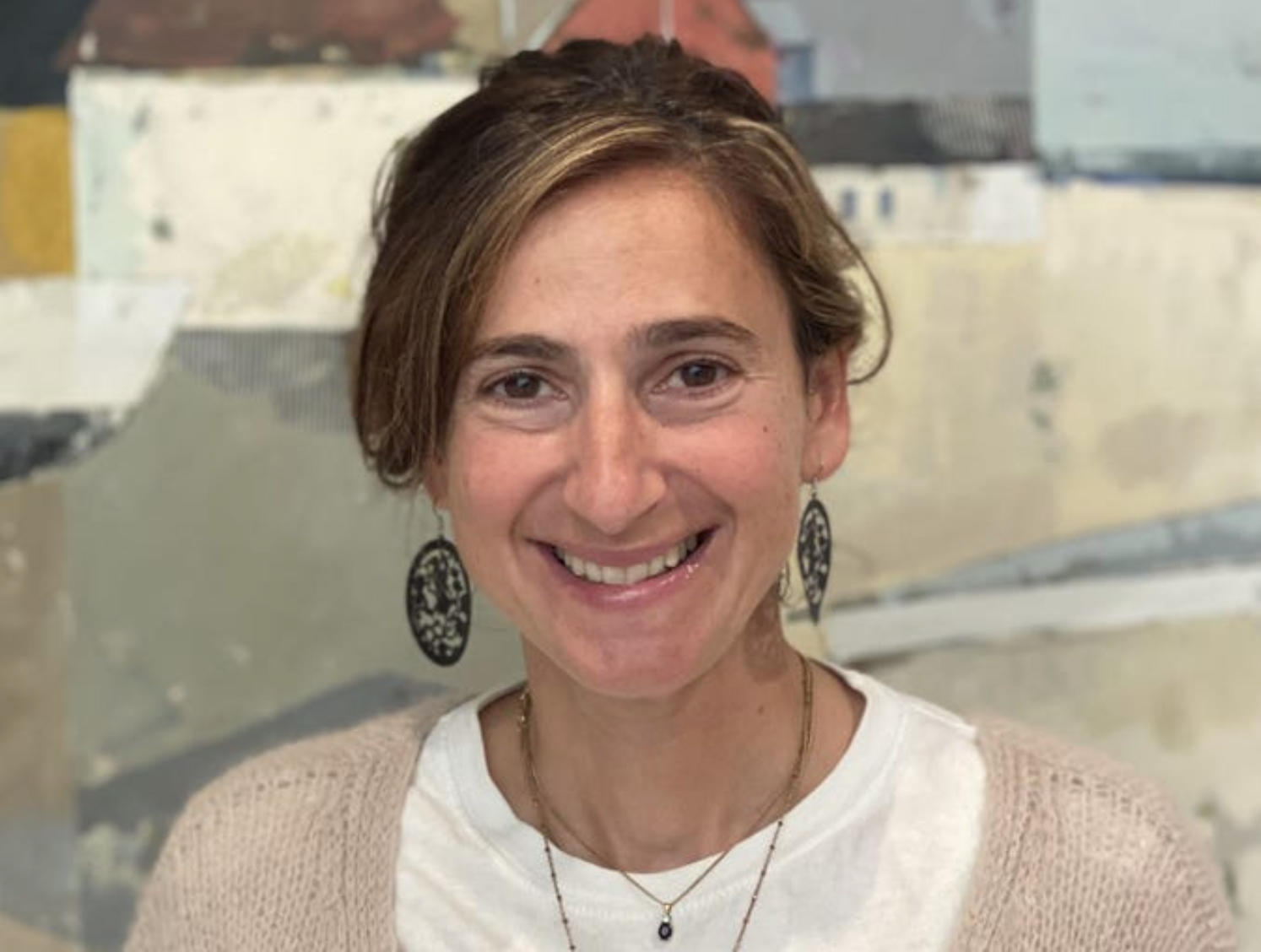
Clients and talent alike often ask us what is our secret sauce? It all starts with stripping unconscious bias out of profiling. Under the bonnet of GENIE.OS, we’ve built a matching algorithm powered by machine learning, which is agnostic to delineation. GENIE cares not for where you come from, or who you are. Only for what you can do. Personal information is entirely discounted from the matching algorithm.
Our Chairman Sir John Hegarty observed that GENIE could “possibly be the greatest creative department in the world” – why? Because GENIE focuses entirely on talent. Nothing more, nothing less. Furthermore, we’ve built an algorithm that is not binary. It looks for the ‘unpattern.’ Why? Because we know that human beings will lean towards the cookie cutter, and we don’t want the machine learning bad habits. Our algorithm is purposefully naughty, programmed to not do what it was asked to.
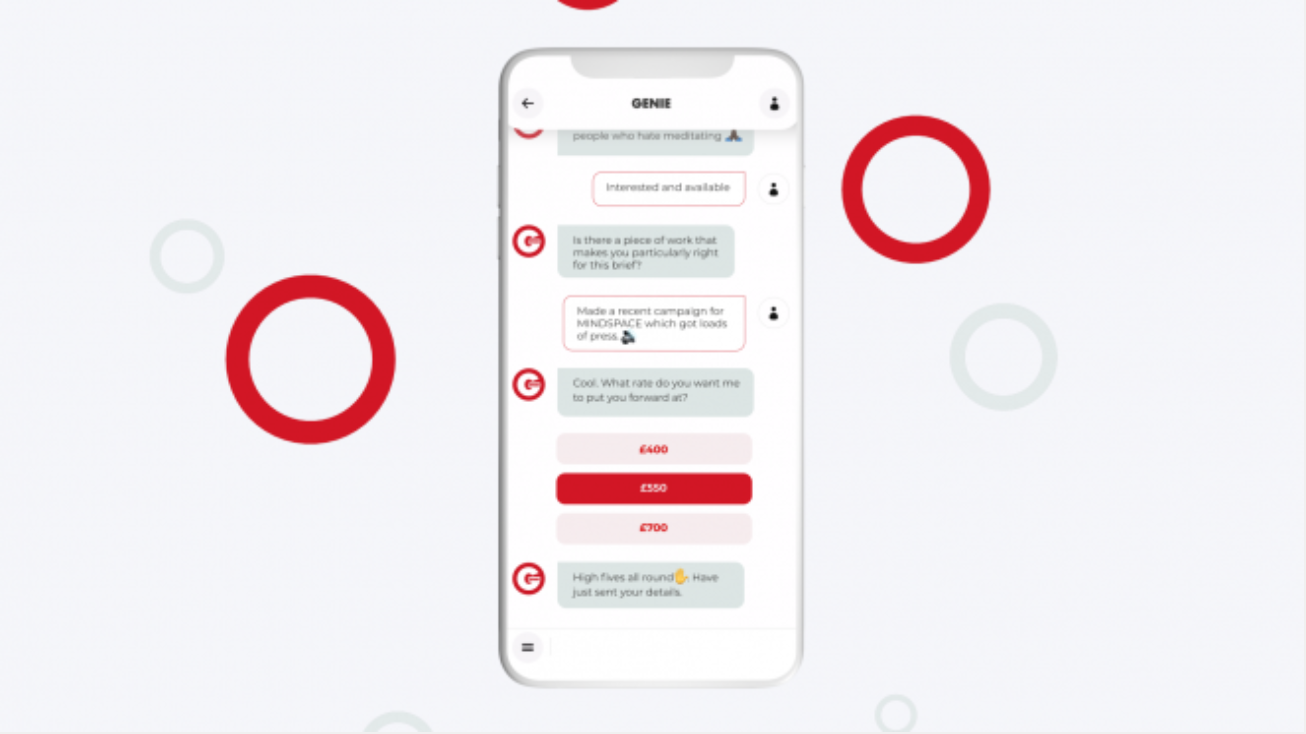
Next up is live data, which needs to be pure and accurate in order to be meaningful. Every conversation GENIE has with her talent pool is in the live and so is as pure as it gets. I recall a time when we arrived early onto a Zoom with a client, catching the tail end of an internal meeting. They were looking to understand the make-up of their permanent workforce. Our very first slide was a live snapshot of the make-up of the GENIE talent pool. They were blown away – with companies now running hybrid workforces, freelance hiring makes up 20-30% of activity and growing.
GENIE.OS brings all those conversations into one place. Clients can invite their favourite freelancers into their own private network on GENIE.OS, alongside using the platform to access new and fresh talent, giving them a flexible network essentially inside their business. With the data brought together into one space they now have a birds eye view of all their freelance hiring.
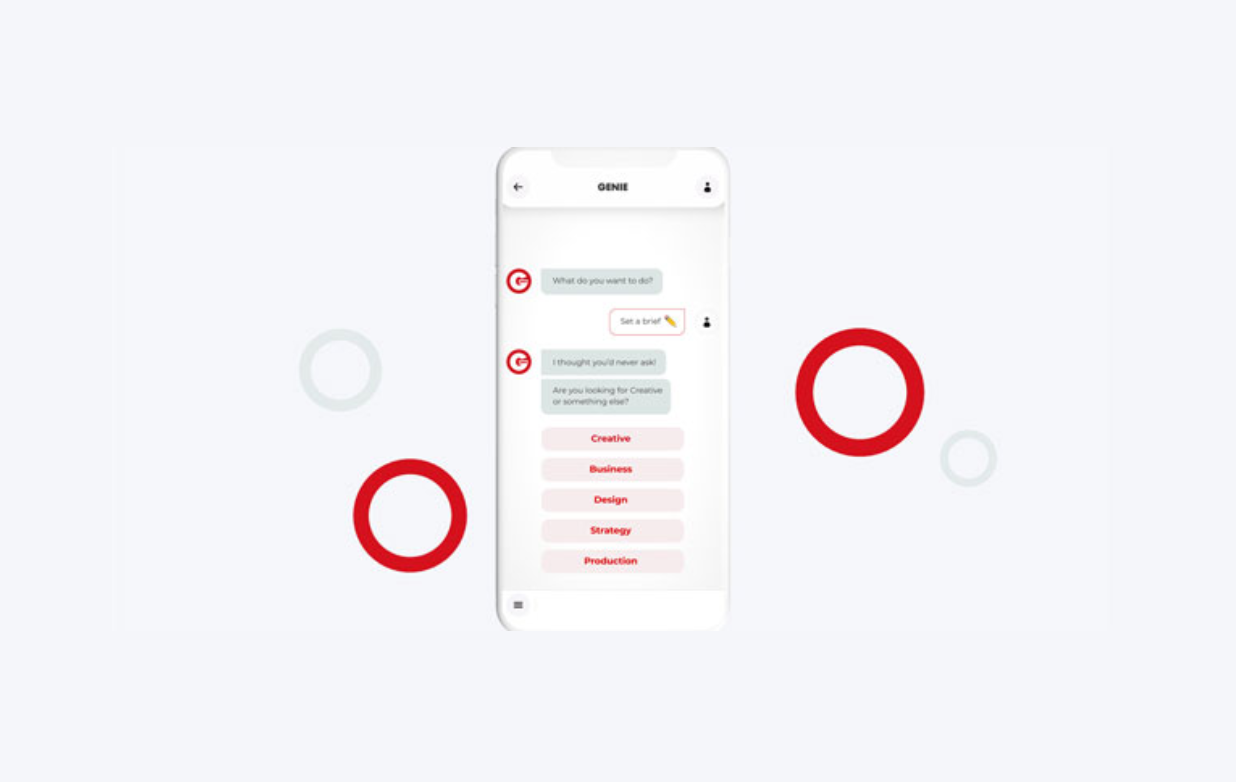
The data reveals so much; from the language used to entice talent to work on briefs, to brand health scores formed on the basis of how engaged talent are in responding to briefs versus the market. It can tell clients if talent is increasing or decreasing their rates to work with them; whether how clients construct the working relationship as a result of IR35 legislation impacts the type of talent they are able to attract. But here is where it gets interesting; GENIE.OS can see how different types of talent are pricing themselves.
Do ethnic groups price themselves less than their white peers? Do women price themselves at less than their male equals? By example (using gender data in this instance): Of the talent signed up to Genie (c.1250), from the stated day rates proposed by talent there is a gender pay gap ‘risk’ of 5% for senior females when compared to senior males at the point of making a hiring. It’s too early to decipher if this is an ongoing trend.
However, having previously been a headhunter, I’ve always felt that women underprice themselves. If women had all the facts laid bear would they have the confidence to up the anti like their male peers? As GENIE is in constant dialogue with talent via the messaging app, a simple step to nudge talent on what the market rate is before they put themselves forward for a brief could make all the difference to ensuring rate parity.
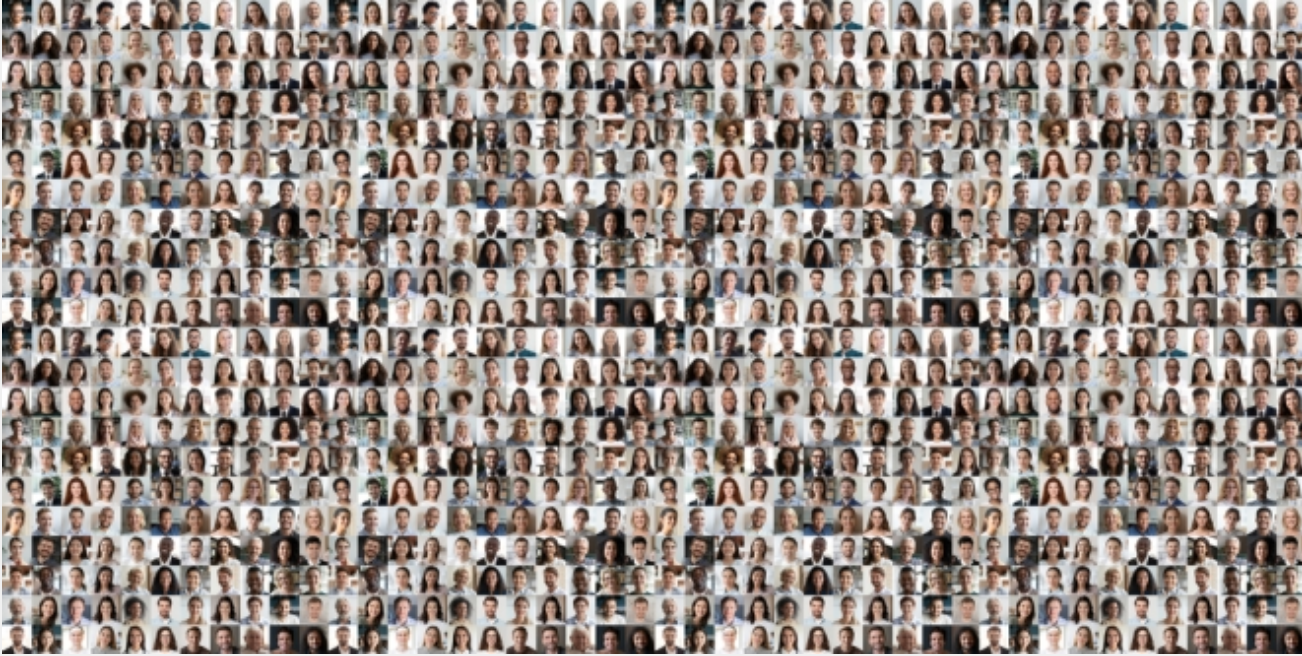
So is there optimism in the data? I believe there are some early glimmers. Our diversity data keeps tabs on the following – gender currently – 37% identify as female, ethnicity – 20% non-white, LGBTQI+ – 16%, 23% identify as having some form of disability, schooling – 65% state educated. Of course there is still lots of work to be done, but the data shows that at the younger end of the spectrum, things are starting to balance out.
For example, in the 30’s age bracket we see the figures rising to 47% female and 30% non white. As a business, I am very keen we focus our attention on the next generation coming into the industry. With the recent cuts to the arts funding, we risk seeing consideration by diverse groups deplete even further.
It’s important we continue to harbour the talent we have on GENIE to invest their time and wisdom to pass on the mantel, and inspire the next generation with programmes like ‘School Of’. There’s no reason why we can’t expect to see a balanced 50/50 in the younger age groups if we put our money where our mouth is.
Overall, I’m excited for how transformational GENIE.OS is for the creative industries. We all recognise the value of serendipity in our every-day lives. But serendipity should not come down to what art college you went to or the friends your parents keep. Serendipity should be engineered based on talent alone.
GENIE.OS matches based on talent alone, and so is helping to level out the playing field, alongside surfacing data which can help identify the places where there is still a lot to fix. The companies that sign up to GENIE.OS are the progressive ones. The ones who want the facts laid bare so we all can instigate change.
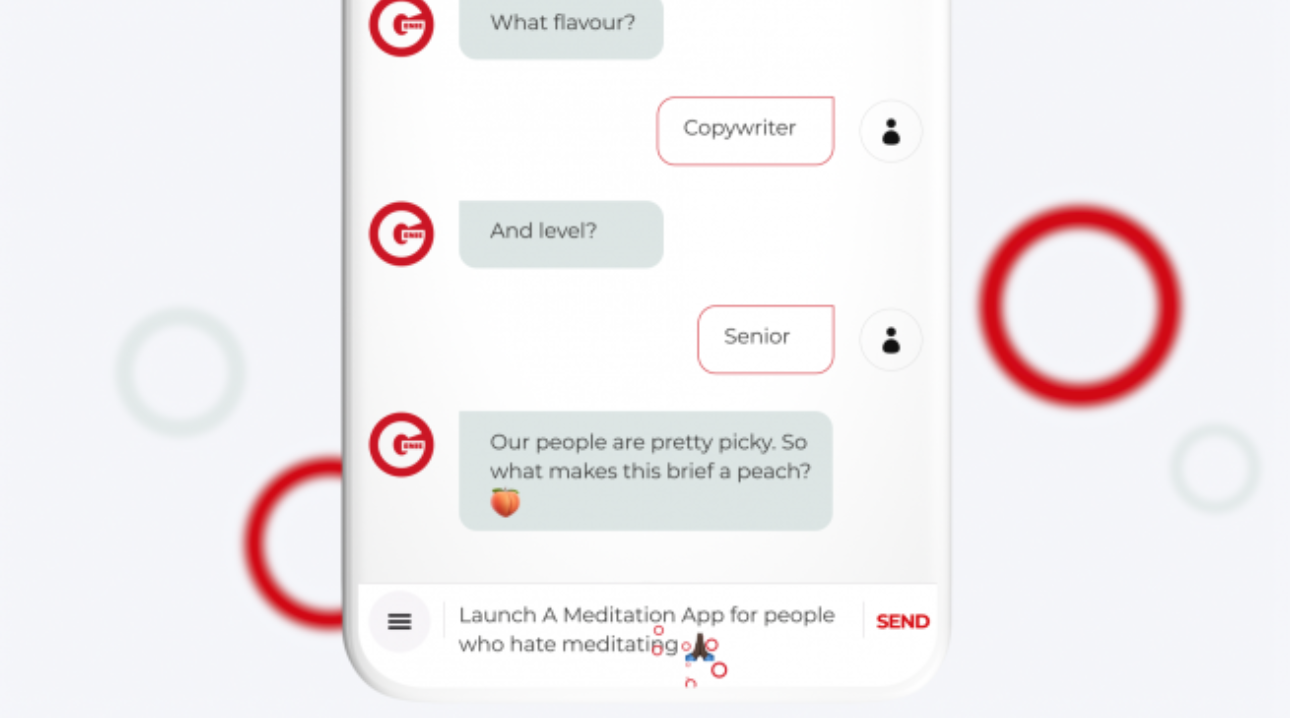
This article was originally published in Creativepool on 10th of february 2022